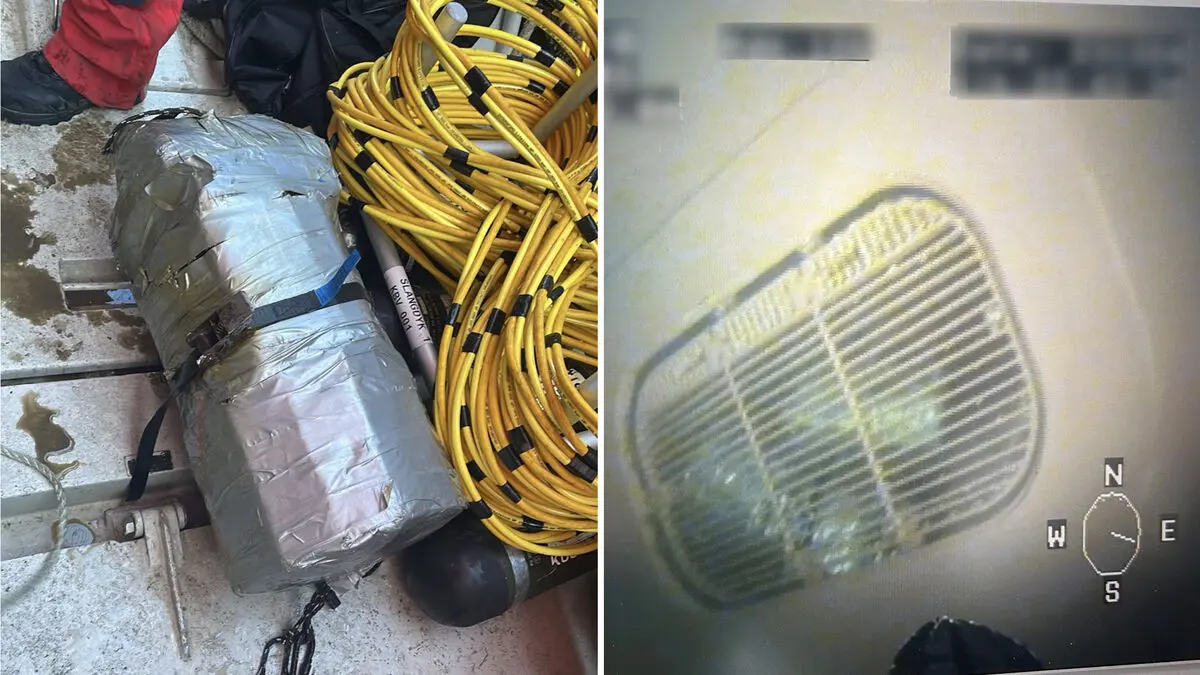The phenomenon of smugglers – often from Albania – traveling around and picking up loaded cocaine from large ships anchored in ports is a known phenomenon for customs authorities around the world.
One of the smugglers' methods is eyebrow-raising.
At the very least.
There are limited smuggling opportunities if you are going to move large volumes of cocaine from, for example, South America, says Martin Norell, expert at the Customs Authority, to TT.
Containers are most common. Either in the construction itself, or in the legal cargo. But there are other ways. That they hide the cocaine on the outside of the hull. In sailor's chests or similar. They attach the cocaine to the ship by having people in the water, i.e. divers, make their way out to the ship and then use divers again to pick it up.
Sitting calmly
After the divers have attached the cocaine to the hull – below the water surface and without the crew's or shipping company's knowledge – the gangs can calmly, with the help of legal sites, see how the ships travel between different ports and plan when the narcotics should be picked up.
Many of the large freighters follow a route. They have a fixed route that makes it predictable for smugglers when the ships arrive at a particular port, says Martin Norell.
This type of case is something we see occurs a lot internationally, so Sweden is not exempt. It is difficult to make an estimate of how common it is from a Swedish perspective, but the dark figure is probably large.
Raid
Some time ago, the Customs Authority received an indication that there might be cocaine on the hull of a large freighter in the port of Gothenburg. Together with divers from the Coast Guard, a raid was made.
The narcotics were found and seized.
Unfortunately, we have not been able to link any suspects to this particular batch, and we cannot be certain whether the plan was for the cocaine to be taken off by divers in Gothenburg.
Martin Norell explains that there is broad international cooperation between the authorities concerned to tackle this type of smuggling – but that it is difficult.
Port security is very focused on making it difficult to get from land out to the port area. My impression is that it is easier to do it by sea and underwater it becomes even easier, he says.
In 2024, customs seized a record amount of cocaine, a total of 1,576 kilos. The majority comes from an operation in Norvik outside Nynäshamn, when 1,342 kilos of cocaine were seized.
The Public Health Agency (FHM) states that it is mainly young adults who use cocaine. Almost 3 percent of those aged 17-34 report that they have used cocaine in the past 12 months, according to FHM.
Most indications are that the use of cocaine and cocaine-related injuries have increased slightly over the past ten years, although parts of the data are incomplete.
Sources: Customs Authority and FHM





